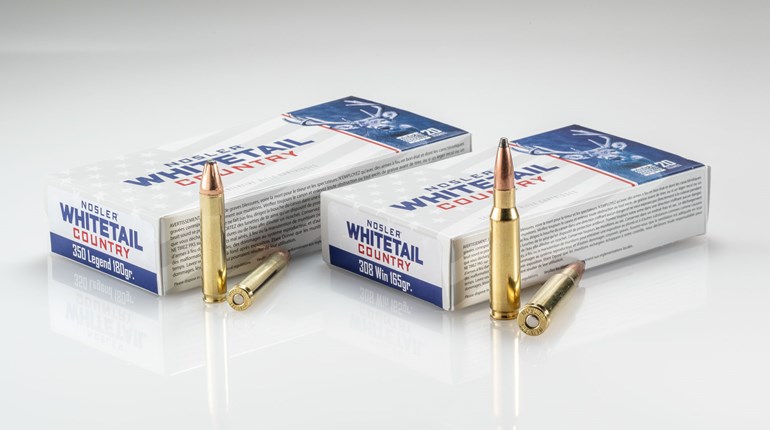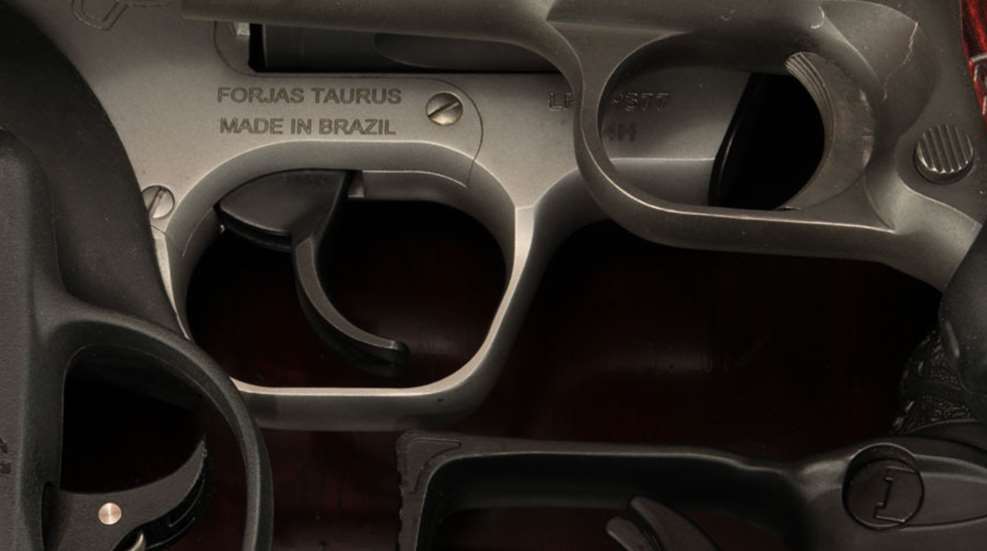
"You're slapping the trigger...”
“No, now you are hesitating! No not like that, now you are anticipating!"
During my career as an instructor, and now the owner of an instruction company, I have overheard the preceding sequence of criticisms poured down on a first-time shooter. The poor soul is usually somebody who is already nervous and to some degree overwhelmed with the new skill they are trying to pick up in, let's face it, not exactly the most comfortable of environments. The frustration that the student is now facing comes directly from the frustration of the above referenced friend or family member not understanding how to put the fundamentals of a good squeeze into words for their student. This is where a professional instructor is worth their salt. One of the tenets of understanding a good trigger squeeze involves knowing that these fundamentals differ from trigger to trigger depending on its style.
With just a little bit of nomenclature one can talk the talk that is needed to understand how to walk the walk.
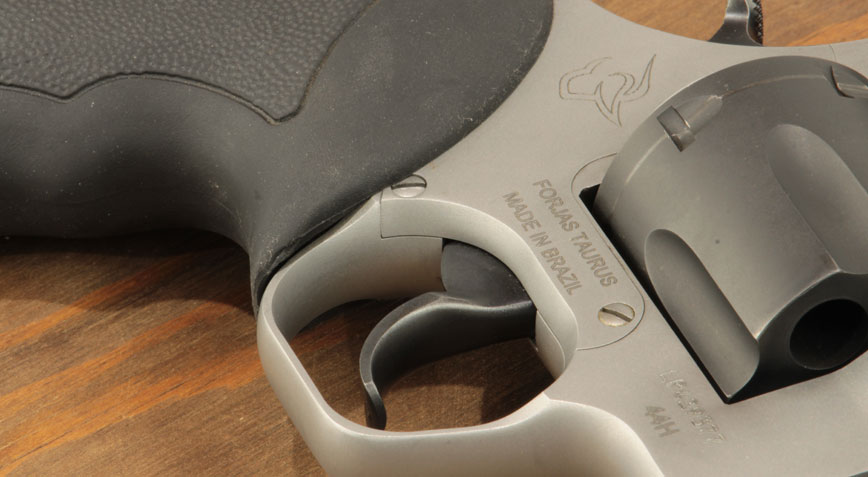
Photo by author
1. Double action
A double-action trigger performs two actions during its stroke. As the trigger is initially moved rearward it cocks the hammer. At the very end of its travel it releases the hammer, firing the shot. A shooter who is firing off a shot with this long double-action movement must apply the same amount of pressure, at the same rate, while getting it to go bang. There shouldn't be a single pause.
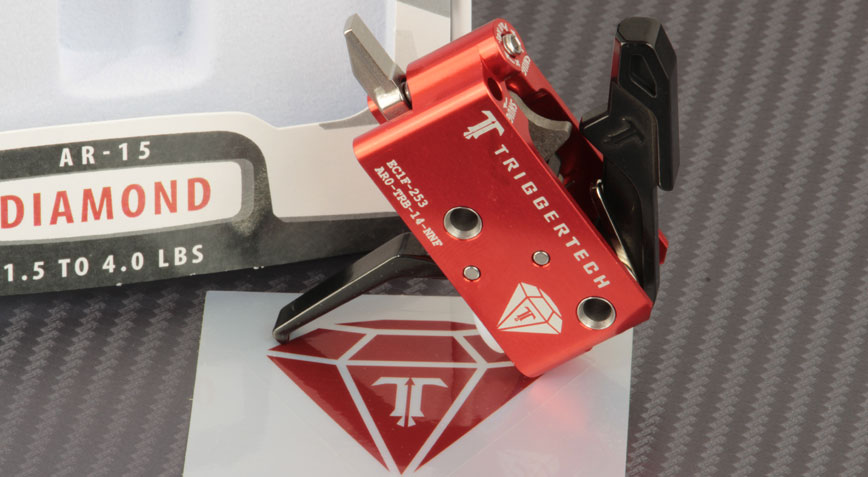
Photo by author
2. Two-stage trigger
A two-stage trigger is often confused with a double-action trigger. While a doubl- action trigger will be stiff and require the same pull weight throughout its entire movement, a two-stage trigger will have a very light first stage, and then somewhere in its travel will tighten up and require more pull strength. If you require a hesitation to maybe take a breath or further refine your sight picture, it can and should only be done in between stage 1 and stage 2.
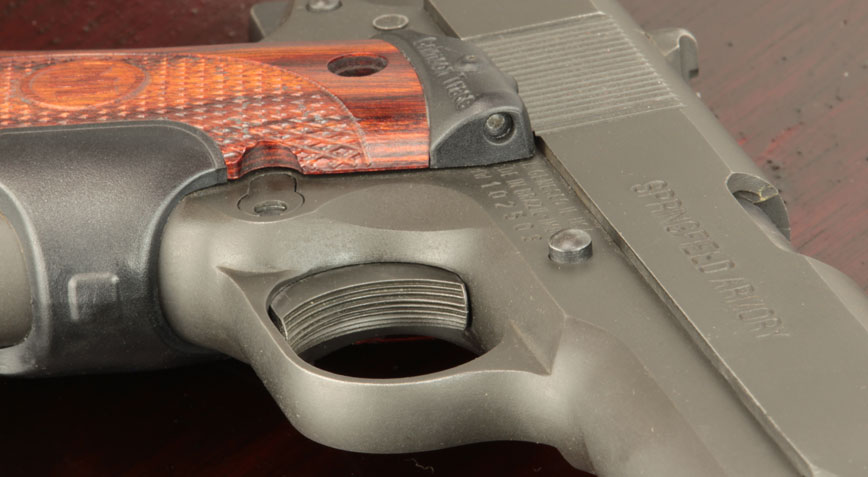
Photo by author
3. Single-stage trigger
Single-stage triggers are the most common triggers on the market. In an exposed-hammer firearm, a single-stage trigger will also only perform one single action—releasing the hammer. Most single-stage triggers have an amount of “take up,” which is basically just slack. During its movement it isn't engaging any of the internal parts. Essentially, if you pointed the gun up and then down you might even hear it rattle. After that take up (the slack), a good single-action trigger will break like a piece of glass. This is referred to as “being crisp.” A poorly built trigger will be spongy and feel almost like a double-action trigger; this is referred to as “having creep.” When squeezing a single-stage trigger it is important to treat it just like a double-action trigger, so once the shooter starts applying pressure (past the slack) they do not stop or even change speed until the gun fires.
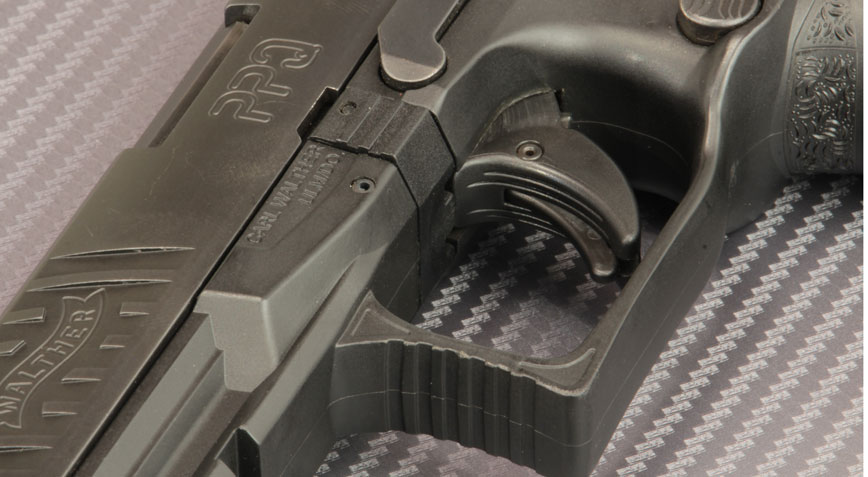
Photo by author
4. Safe-action trigger
Safe-action triggers were made famous by Glock. The idea makes perfect sense: Put the trigger safety inside of the trigger. A safe-action style trigger will have a thin blade on the very face of the trigger that needs to be depressed in order for it to fire. Once that blade is depressed the trigger unlocks and will have a period of free travel, followed by some stiffness, and then eventually…. BANG! At Renaissance Firearms Instruction we teach the three S's of a safe-action trigger to a new shooter. They are:
Safety. Slack. Squeezeeeeeeeeeeeeze.
Using this mantra a new shooter allows themselves to take a pause after they feel the safety come off, then pause again after they take up the slack and then finally squeeze that third stage all the way through without stopping. It's a terrific way to teach a new shooter trigger control.

Photo by Oleg Volk
5. Set trigger
A set trigger is a nearly antiquated piece of technology due to modern internal design. However, if you do have the chance to pick one up, I highly recommend you do…because they are nothing short of breathtaking. A set trigger firearm traditionally has two triggers inside of the trigger guard. The trigger that is closest to the muzzle acts as a safety. Before firing these firearms the shooter must move that set trigger to the opposite position which will in turn release the locking mechanism on the actual firing trigger. Why do we do this? Because that firing trigger is so light it can't even be measured in ounces!
When teaching a new shooter how to use a set trigger it's essential that they understand safety rule number two and keep their finger completely away from the trigger until they are 100 percent certain that they are ready to send a round downrange. Once they have reached that point these triggers are so light it doesn't matter if they hit them with a sledgehammer, they will still stay on target during the movement.
When it comes to selecting a firearm, or learning how yours works, it is essential that you understand exactly how your trigger operates. It will save you a lot of headache when it comes to producing your tightest groups. Regardless of how your gun is built always remember: A trigger is meant to be operated gently, and that we never make a gun fire, we let a gun fire.













